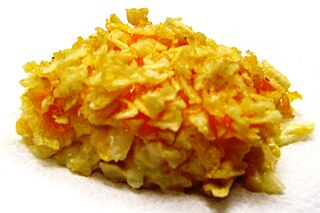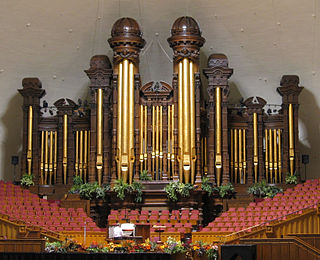 W
WThe basic beliefs and traditions of The Church of Jesus Christ of Latter-day Saints have a cultural impact that distinguishes church members, practices and activities. The culture is geographically concentrated in the Mormon Corridor in the United States, and is present to a lesser extent in many places of the world where Latter-day Saints live.
 W
WThe Church History Museum, formerly the Museum of Church History and Art, is the premier museum operated by the Church History Department of The Church of Jesus Christ of Latter-day Saints. It is located in Salt Lake City, Utah, and is opposite the west gates of the church's Temple Square.
 W
WFamily Home Evening (FHE) or Family Night, in the context of The Church of Jesus Christ of Latter-day Saints, refers to one evening per week, usually Monday, that families are encouraged to spend together in religious instruction, prayer and other activities. According to the LDS Church, the purpose of FHE is to help families strengthen bonds of love with each other as well as provide an atmosphere where parents can teach their children principles of the gospel.
 W
WFuneral potatoes is a traditional potato hotdish or casserole that is popular in the American Intermountain West and Midwest. It is called "funeral" potatoes because it is commonly served as a side dish during traditional after-funeral dinners, but it is also served at potlucks, and other social gatherings, sometimes with different names. The dish has sometimes been associated with the Latter-day Saints, because of its popularity among the Mormons in the region, although it is also popular with non-Mormons.
 W
WA Hawaiian haystack is a type of haystack. It is a convenience cuisine dish composed of a rice base and several toppings. It is prepared by topping rice with toppings such as chicken, chicken gravy, diced pineapple, diced tomatoes, Chinese noodles, cheese, and celery. Traditionally, each topping is prepared in its own dish and presented buffet-style, then added on top of the rice as desired.
 W
WIn the largest group of the Latter Day Saint movement, The Church of Jesus Christ of Latter-day Saints, folklore is usually distinguished from church doctrine, but there is no universally accepted method of determining where doctrine ends and folklore begins. Most Latter-day Saints consider material in the church's scriptures and joint statements of the First Presidency and Quorum of the Twelve Apostles to constitute church doctrine. Any other part of the expressive cultural aspects of Mormonism may be legitimately classified as Mormon folklore.
 W
WThe Mormon corridor refers to the areas of western North America that were settled between 1850 and approximately 1890 by members of The Church of Jesus Christ of Latter-day Saints, who are commonly called "Mormons".
 W
WThe Salt Lake Tabernacle organ is a pipe organ located in the Salt Lake Tabernacle in Salt Lake City, Utah. Along with the nearby Conference Center organ, it is typically used to accompany the Tabernacle Choir at Temple Square and is also featured in daily noon recitals. It is one of the largest organs in the world. President and tonal director Jack Bethards describes it as an "American classic organ" and "probably one of the most perfect organs ever built."
 W
WThe Schoenstein Organ at the Conference Center is a pipe organ built by Schoenstein & Co., San Francisco, California located in the Conference Center of The Church of Jesus Christ of Latter-day Saints in Salt Lake City, Utah. The organ was completed in 2003. It is composed of 160 speaking stops spread over five manuals and pedals. Along with the nearby Salt Lake Tabernacle organ, it is typically used to accompany the Tabernacle Choir at Temple Square. Schoenstein & Co.'s president and tonal director, Jack Bethards, describes it as "an American Romantic organ" that is "probably more English than anything else."
 W
W"Sunday school answer" is a pejorative used within Evangelical Christianity to refer to an answer as being the kind of answer one might give to a child. The phrase derives its name from the concept that certain answers are likely to be an appropriate answer to a question asked in a Sunday school even if one has not heard the question. These answers include Jesus, sin, and the cross.
 W
WThere are many works relating to Joseph Smith. These works cover Joseph Smith's his life, legacy, and teachings. Smith is the author of several works of scripture, and several personal histories, letters, and other writings. There have also been several biographies written about him.